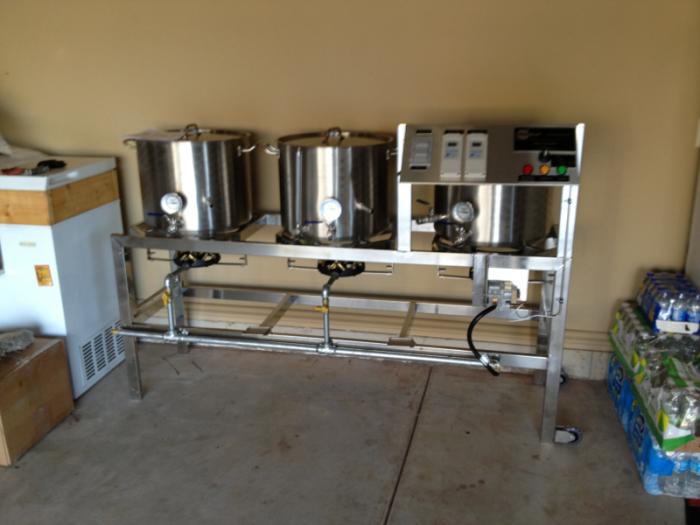This is not really a "did I ruin it" thread because I don't really seem to have that mindset; however, when I made my first hefeweizen (and first brew ever) I couldn't take the OG because upon removing the hydrometer from the package to sterilize, it was shattered. The local brew store said I should just assume that the OG is what the directions said. I'm sure there are gasps happening all over right now, but it is what it is. I was mid-boil, there was little I could do.
That said, I brewed Saturday night, August 17th and decided to take the first reading today. I guess this is a part that I overlooked and didn't realize the size of the vessel I needed to take a reading. I thought a tall glass would be fine. Sterilized everything and set the hydrometer in. You know the rest. It is too shallow for the hydrometer to float. Bygones, I can take a reading tomorrow when I get a test tube type container.
When in Rome, I looked at the beer, it smelled decent enough and took the temp. It is higher than I think it should be 80º. I strained it and took a sip. It tasted like flat warm and somewhat watered down hefeweizen.
tl;dr
Here's a pic. This is from the top of the fermentation bucket. Does this look like it should? Is watered down hefeweizen a characteristic of beer that hasn't fermented enough?
Thanks And if you're thinking that I should look at the other threads, I did, which is why I'm asking. I wasn't sure if this matched what I've seen.
And if you're thinking that I should look at the other threads, I did, which is why I'm asking. I wasn't sure if this matched what I've seen. 

That said, I brewed Saturday night, August 17th and decided to take the first reading today. I guess this is a part that I overlooked and didn't realize the size of the vessel I needed to take a reading. I thought a tall glass would be fine. Sterilized everything and set the hydrometer in. You know the rest. It is too shallow for the hydrometer to float. Bygones, I can take a reading tomorrow when I get a test tube type container.
When in Rome, I looked at the beer, it smelled decent enough and took the temp. It is higher than I think it should be 80º. I strained it and took a sip. It tasted like flat warm and somewhat watered down hefeweizen.
tl;dr
Here's a pic. This is from the top of the fermentation bucket. Does this look like it should? Is watered down hefeweizen a characteristic of beer that hasn't fermented enough?
Thanks








